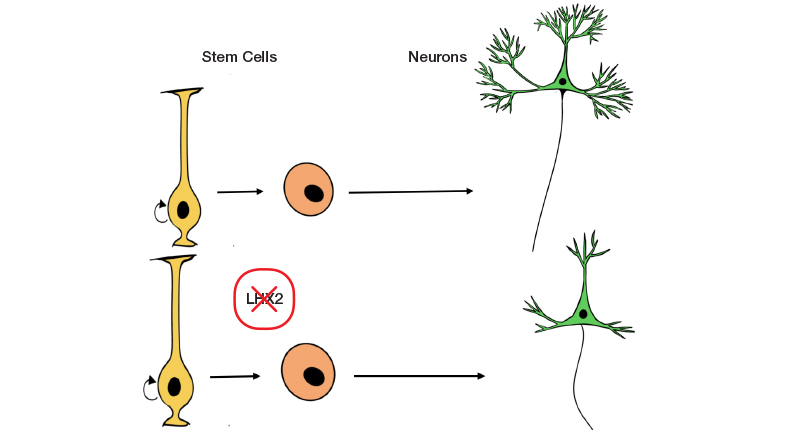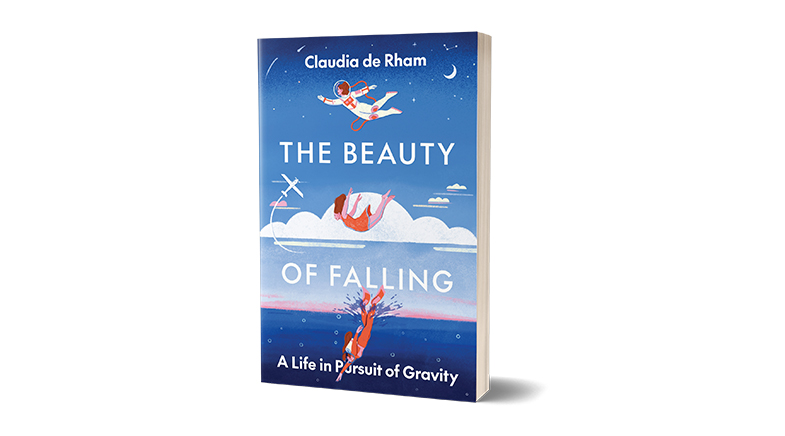They shaped the development of indigenous technology
-
- from Shaastra :: vol 01 issue 04 :: Jul - Aug 2022

The history of technology development in India, especially of the commercial variety, is much shorter than that of research in engineering.
A special feature such as this should ideally not be divided into sections. Such divisions are artificial and do a disservice to real accomplishment. True achievers are often multidimensional, with contributions to more areas than one. Where do you put an outstanding scientist who was also a great leader? Or a scientist who developed technology? Or a medical doctor who made breakthroughs in biology?
For a reader, however, it would be difficult to pore through a list of nearly 100 people without any demarcation. Labels give readers a hint of what to expect. They also focus attention on a professional's core accomplishments, those that made a difference to a field or the nation. Some labels, however, provide additional difficulties. How do we distinguish between engineering and technology?
Since there are no precise definitions for either, we followed our own logic for categorisation. For this feature, engineering is an academic discipline that creates applicable knowledge using advances in science and mathematics. Technology, on the other hand, is the development of a product, not necessarily tangible, by combining science with engineering. It is often of commercial or strategic value. Frequently, technology has a social dimension as well.
The history of technology development in India, especially of the commercial variety, is much shorter than that of research in engineering. For a long time after independence, most of what India used was imported. Indigenous technology development was hard. Unlike science, which is often (but not always) based on insights in a narrow field, development of commercial technology requires multiple skills, not least of which is knowledge of what material is available at what cost. Or knowing the pulse of the people, having a feel of what people will like.
So, India's early successes in technology were mainly in strategic areas, where some of these constraints did not exist. It was only later — with liberalisation — that commercial technology development started in a small way. Three-quarters of a century after independence, development of indigenous technology continues to be hard. However, even within these limitations, there were people who stood out, and not just in strategic areas. We list some of them, as usual choosing them from a variety of areas.
A.V. RAMA RAO
A.V. Rama Rao had begun his scientific career a bit later than usual; he was 30 years old when he finished his PhD and 40 when he finished his postdoctoral stint at Harvard. In between the two milestones, he had developed a process for the manufacture of diazepam and transferred it to Cipla, the first instance of technology licensing from NCL. The Patents Act of 1970 had made it possible to develop different manufacturing methods for patented drugs. But the actual technology was difficult and guarded secretly by pharma giant Roche. After his return from Harvard, Rao developed another difficult technology, this one guarded secretly by Eli Lilly and Company. It was an extraction method for anti-cancer molecules vincristine and vinblastine.
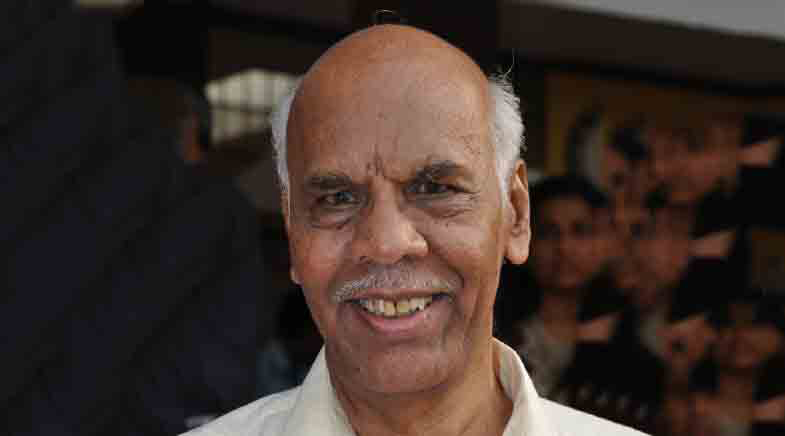
Through these and other technology projects, Rao was a pioneer in drug manufacturing technology in the country. In 1985, he moved to the Regional Research Laboratory in Hyderabad as Director. The laboratory was small and heavily unionised, contributing little to technology development. Rao infused a sense of urgency there, introduced several new programmes and expanded the laboratory into a major institute that was named the Indian Institute of Chemical Technology (IICT). Rao also published regularly, getting a reputation as one of the leading synthetic organic chemists in the world.
S. VARADARAJAN
S. Varadarajan had all the qualifications for a stellar career as an academic researcher. He had two Master's degrees and two PhDs; one of his PhDs was from Delhi University and the other was from Cambridge University. In Delhi, he had worked on natural products with T.R. Seshadri, a pioneer in the field. In Cambridge, he had worked on Ribonucleic Acid (RNA) using crystallography, which was the first application of the technique to investigate RNA. After a short stint at the Massachusetts Institute of Technology, Varadarajan returned to India in 1959 and joined Hindustan Lever instead of a government lab. At Hindustan Lever, he shaped a top-notch R&D centre that developed a large number of commercially successful products like detergents and perfumes, and for nutrition products. The R&D centre developed a global reputation and became one of the key laboratories in industrial research in the country.
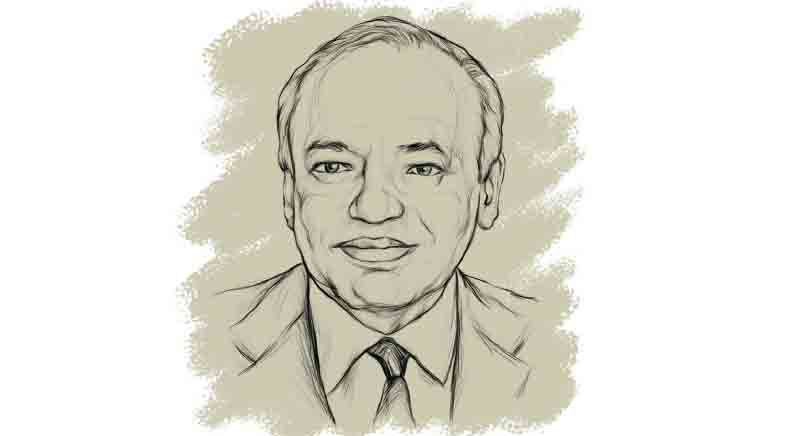
In 1974, Varadarajan became the Managing Director of the Indian Petrochemical Corporation Ltd (IPCL). Within a year, he had led a team of inexperienced engineers to build India's first integrated petrochemical plant. It was a complex project, executed at breakneck speed. During his tenure at IPCL, he made its plants safe, profitable, and capable of developing sophisticated technology. He persuaded Verghese Kurien at Amul to switch from milk bottles to low-density polyethylene packets, a move that had a major impact on the distribution of milk all over the country. Later, as the Director General of CSIR, Varadarajan led another complex technical assignment: he constituted and supervised a team to safely decommission the Union Carbide plant in Bhopal in the wake of the 1984 gas leak catastrophe, without any technical help from the plant owner Union Carbide.
G. MADHAVAN NAIR
G. Madhavan Nair's elevation as the Chairman of ISRO and a subsequent controversy about the cancellation of a satellite deal with Bangalore company Devas have obscured some of his accomplishments as a technologist. Although only a graduate engineer – he was the first in ISRO to become Chairman without a PhD – Nair had reached the top through the sheer strength of his technical knowledge. He had cut his teeth on the SLV-3 rocket, developing a remote-destruct telecommand system. The architect of the Polar Satellite Launch Vehicle (PSLV) electronics, he was the Project Director of its first successful launch. As the Director of the Liquid Propulsion Systems Centre, Nair was involved in finalising the cryogenic engine from Russia and starting several projects.
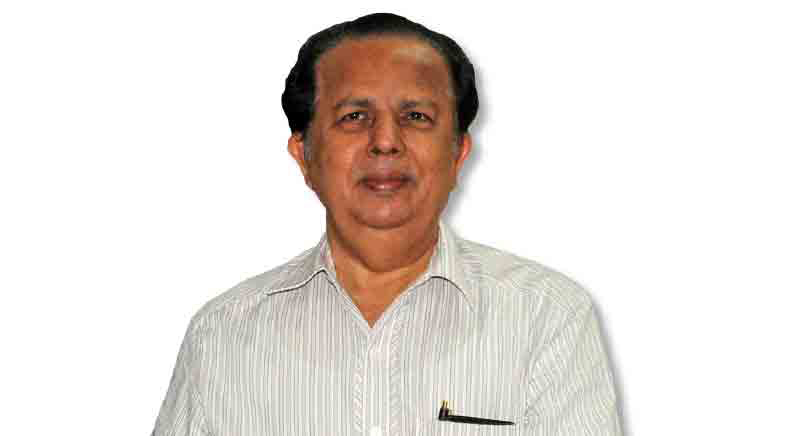
Nair led ISRO through Chandrayaan-1, its most prestigious mission till then. All through his tenure, his leadership style was marked by a deep understanding of technology. He would look at every technical detail and come to quick decisions. Within ISRO he was respected as an engineer of the highest class, with the ability to think in terms of systems. Nair's technical skills were a key reason why ISRO was able to tide over technology denials through the 1990s and develop technology for launch vehicles.
V.S. ARUNACHALAM
V.S. Arunachalam started his career by working at the metallurgy division of BARC, entering the organisation through its training school after a Master's degree in physics from Mysore University. He started making contributions almost immediately to early-stage metallurgy research at BARC, and then got a PhD in metallurgy from the University of Wales in the U.K. Arunachalam left BARC to join the metallurgy division of the National Aerospace Laboratories in Bangalore, and then joined the Defence Metallurgical Research Laboratory (DMRL) as Director. At DMRL, he oversaw the development of MiG aircraft brake pads, which were in short supply at that time, thereby making the first major contributions to the defence forces from the lab. He also laid the foundations for a series of high-technology programmes: the armour for the Arjun main battle tank, nickel superalloys for gas turbine engines, and the extraction of titanium. He was then chosen to head DRDO and was the first Scientific Advisor to the Defence Minister.
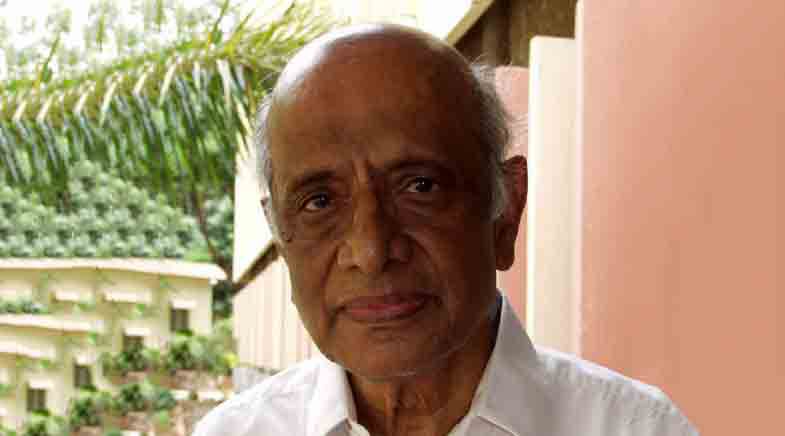
At DRDO, Arunachalam seeded a large number of programmes for which DRDO is now known. They included the integrated missile programme, the Light Combat Aircraft, defence systems for chemical and electronic warfare. He was responsible for bringing A.P.J. Abdul Kalam from ISRO to lead the missile programme, which was seen by the international scientific community as overambitious considering India's poor industrial infrastructure. Similarly, he got A. Paulraj to set up the Centre for Artificial Intelligence & Robotics in DRDO, long before AI had become a buzzword. His contributions continued even after his retirement. After a short stint at Carnegie Mellon University, Arunachalam set up the Center for Study of Science, Technology and Policy (CSTEP), which is now a leading think tank in its domain.
T. RAMASAMI
T. Ramasami had done enough research in his early career to be taken seriously as a chemist. As a PhD student at the University of Leeds, he had proved that chromium reactions could be very fast, which was contrary to what chemists believed. Influenced by Y. Nayudamma, he had studied leather technology in Madras, and then got a postgraduate degree from the Central Leather Research Institute (CLRI) in the city. His PhD was, however, in inorganic chemistry, dealing with chromium reactions in water. He landed a job at CLRI on his return, went to the Ames Laboratory in Iowa and then returned to CLRI after 18 months.
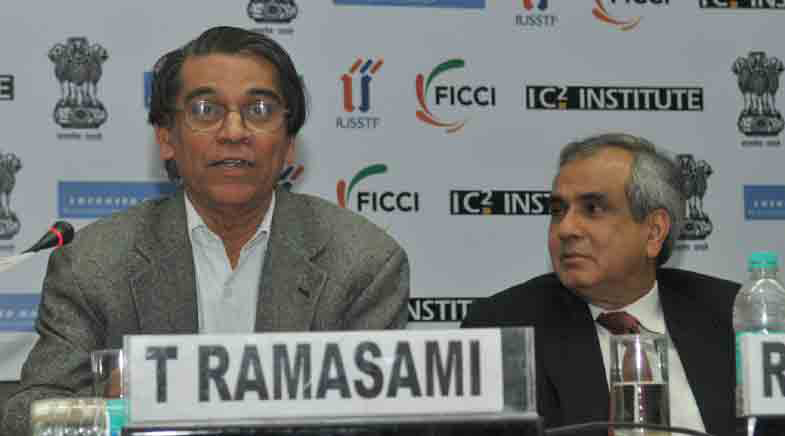
Ramasami's biggest contribution to technology was in the 1990s, when he inspired and led a mission to clean up 400 leather units in Tamil Nadu. The Supreme Court had ordered their closure; Ramasami intervened through the State government, getting an extension from the court to reduce pollution. His lab had no umbrella technology — the needs of each unit were different. Scientists from CLRI went to 764 tanneries, developed a combination of solutions and got them implemented. The leather processing units reduced their pollution levels enough to survive and then flourish. They are still one of the biggest employers in North Arcot district.
ATMA RAM
A survey of accomplished scientists in India would shows a well-trodden path in most cases: a middle-class background, PhD or postdoctoral research abroad, and then return to a prominent position in a leading institution. Atma Ram is among the few distinguished scientists of independent India who bucked this trend. He grew up in poverty and had to do odd jobs to supplement his scholarship and put himself through university. He finished a DSc in chemistry at Allahabad University and then struggled to get a job. His mentor Meghnad Saha got him a job with the National Planning Committee, and Atma Ram never looked back.
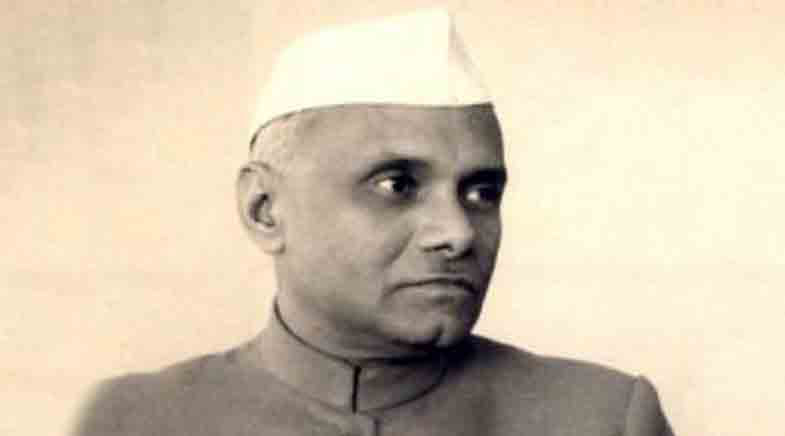
His early work there made him a key member of the fledgling CSIR, headed by S.S. Bhatnagar. Atma Ram was part of a committee to start a glass and ceramics institute under CSIR. The lab came to be called Central Glass & Ceramic Research Institute; Atma Ram became its first Director. His research on ceramics brought him international attention. In one high-profile project, he set up a laboratory from scratch to make optical glass, a technology that was closely guarded. It led the Indian government to scrap a technology transfer project from the Soviet Union to make optical glass.
See also:
These scientists were also institution builders
Physicists who made quite a mark
When the chemistry was just right
These engineers foresaw the future
Have a
story idea?
Tell us.
Do you have a recent research paper or an idea for a science/technology-themed article that you'd like to tell us about?
GET IN TOUCH










